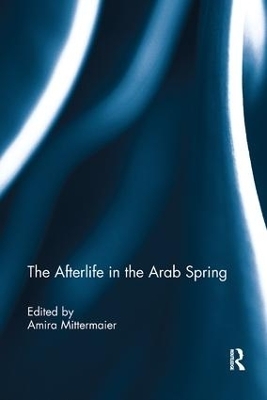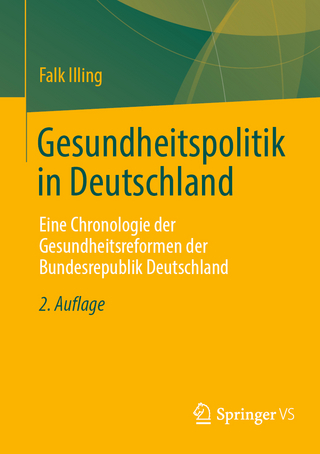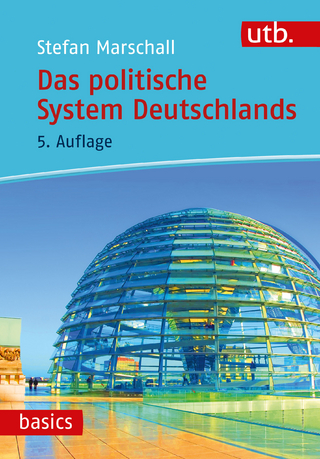
The Afterlife in the Arab Spring
Seiten
2019
Routledge (Verlag)
978-0-367-22987-0 (ISBN)
Routledge (Verlag)
978-0-367-22987-0 (ISBN)
Focusing not on the youth activism of the Arab Spring, but on the death associated with it, this book examines martyrdom and commemoration as performative acts through which death and life are infused with meaning. This book was originally published as a special issue of Ethnos: Journal of Anthropology.
Death lies at the beginning of the Arab uprisings, and death continues to haunt them. Most narratives about the ‘Arab Spring’ begin with Mohammed Bouazizi, a Tunisian fruit vendor who set himself on fire. Egyptian protesters in turn referred to Khaled Said, a young man from Alexandria whom the police had beaten to death. This book places death at the centre of its engagement with the Arab uprisings, counterrevolutions, and their aftermaths. It examines martyrdom and commemoration as performative acts through which death and life are infused with meaning. Conversely, it shows how, in the making, remembering, and erasing of martyrs, hierarchies are (re)produced and possible futures are foreclosed. The contributors argue that critical anthropological engagement with death, martyrdom, and afterlife is indispensable if we want to understand the making of pasts and futures in a revolutionary present. This book was originally published as a special issue of Ethnos: Journal of Anthropology.
Death lies at the beginning of the Arab uprisings, and death continues to haunt them. Most narratives about the ‘Arab Spring’ begin with Mohammed Bouazizi, a Tunisian fruit vendor who set himself on fire. Egyptian protesters in turn referred to Khaled Said, a young man from Alexandria whom the police had beaten to death. This book places death at the centre of its engagement with the Arab uprisings, counterrevolutions, and their aftermaths. It examines martyrdom and commemoration as performative acts through which death and life are infused with meaning. Conversely, it shows how, in the making, remembering, and erasing of martyrs, hierarchies are (re)produced and possible futures are foreclosed. The contributors argue that critical anthropological engagement with death, martyrdom, and afterlife is indispensable if we want to understand the making of pasts and futures in a revolutionary present. This book was originally published as a special issue of Ethnos: Journal of Anthropology.
Amira Mittermaier is an Associate Professor in the Department for the Study of Religion and the Department of Anthropology at the University of Toronto, Canada. She is the author of the award-winning book Dreams that Matter: Egyptian Landscapes of the Imagination (2010).
Introduction: Death and Martyrdom in the Arab Uprisings 1. Civics Lesson: Ambivalence, Contestation, and Curricular Change in Tunisia 2. Technologies of Immortality, ‘Good Endings’, and Martyrdom in Urban Egypt 3. To Die is Gain: Singing a Heavenly Citizenship among Egypt’s Coptic Christians 4. Reckoning with the Inevitable: Death and Dying among Syrian Christians during the Uprising 5. The Martyr Pop Moment: Depoliticizing Martyrdom
| Erscheinungsdatum | 02.08.2019 |
|---|---|
| Verlagsort | London |
| Sprache | englisch |
| Maße | 156 x 234 mm |
| Gewicht | 226 g |
| Themenwelt | Geisteswissenschaften ► Religion / Theologie |
| Sozialwissenschaften ► Ethnologie | |
| Sozialwissenschaften ► Politik / Verwaltung ► Politische Systeme | |
| Sozialwissenschaften ► Politik / Verwaltung ► Politische Theorie | |
| Sozialwissenschaften ► Soziologie | |
| ISBN-10 | 0-367-22987-0 / 0367229870 |
| ISBN-13 | 978-0-367-22987-0 / 9780367229870 |
| Zustand | Neuware |
| Informationen gemäß Produktsicherheitsverordnung (GPSR) | |
| Haben Sie eine Frage zum Produkt? |
Mehr entdecken
aus dem Bereich
aus dem Bereich
Eine Chronologie der Gesundheitsreformen der Bundesrepublik …
Buch | Softcover (2022)
Springer Fachmedien Wiesbaden GmbH (Verlag)
59,99 €


